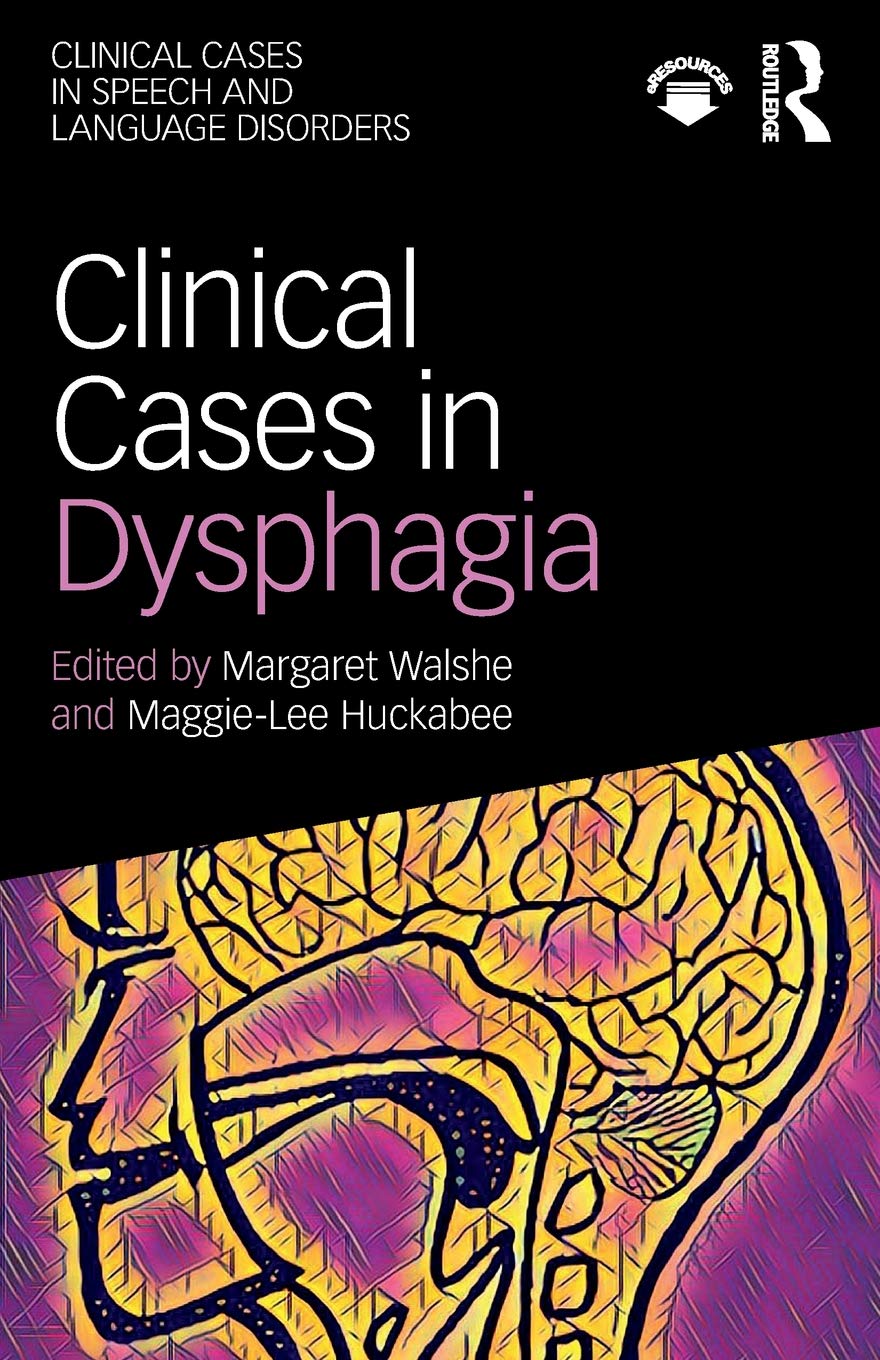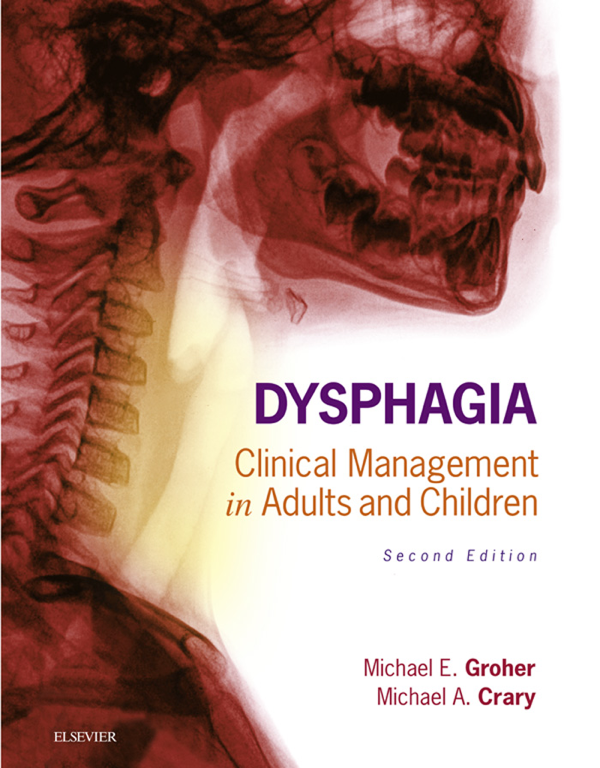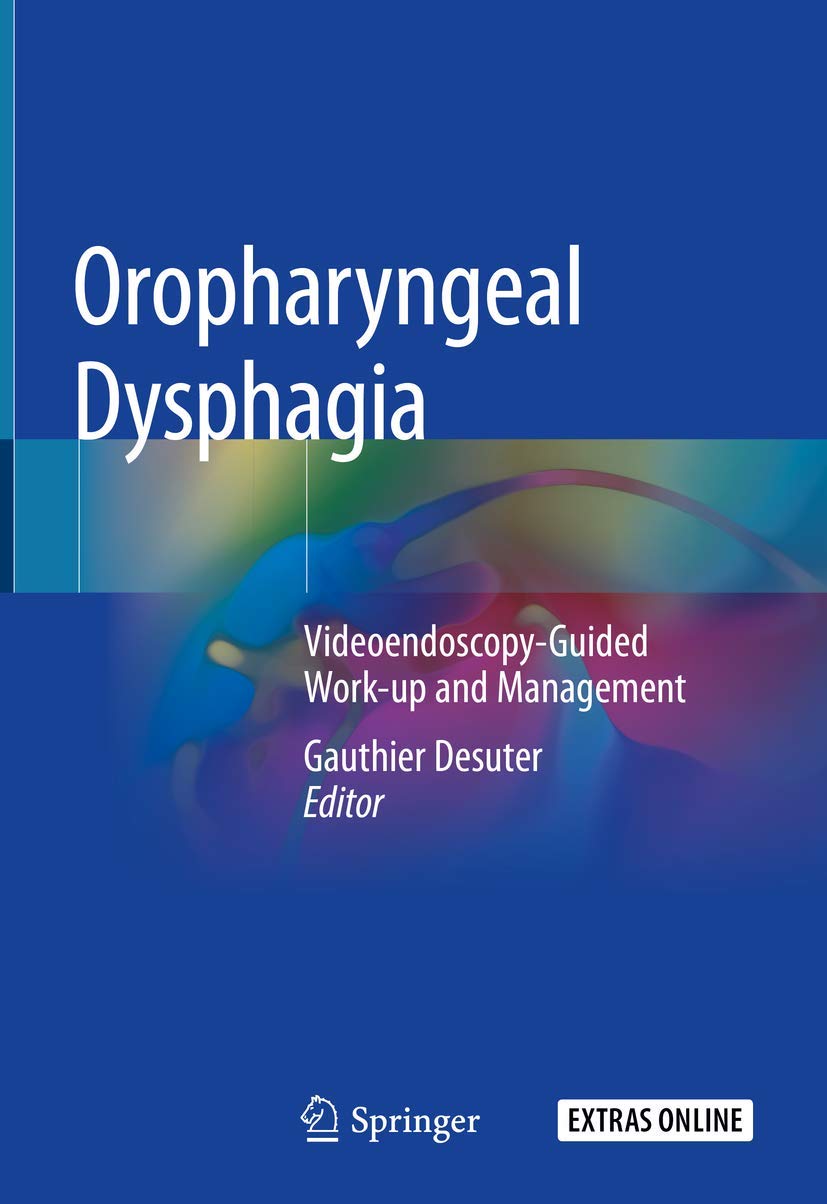The goal of this book is to fill a gap that currently exists between the theoretical learning that takes place in the university setting, and practical management of clients in the workplace. Dysphagia is becoming an increasingly large part of the work done by Speech Language Pathologists but seems to be very confronting for a lot of students and beginning clinicians. We wanted to provide a resource that helps to bridge the gaps between theoretical learning and hands-on practice and provide a resource that unpacks clinical reasoning and helps new clinicians think about how and why recommendations about managing clients with dysphagia are made. Dysphagia management is definitely no cookbook recipe field, and whilst this is part of its attraction, it can also cause sheer terror in new graduates. Let’s use an analogy. Each patient is like a unique symphony. At university or college we are taught about one or two instruments in the symphony.
In clinical practice it can feel like there is a cacophony of noise that we have to make sense of. We can feel overwhelmed by other sounds and it can feel like they are drowning out the one or two instruments that we have learned. With some help interpreting the other instruments that give that symphony its rich texture, we can start to relax and appreciate the individuality of each piece. We are practising clinicians who are also involved in research. This book reflects an evidence-based approach to management of clients with dysphagia, while providing tips that reflect our extensive experience in managing feeding and swallowing problems in adult and pediatric populations. We hope it will encourage new clinicians to learn to ask the questions that will assist them in individualizing assessment and treatment for their patients. It has been our experience that students learn about different aspects of dysphagia and its management in the university setting, then arrive for clinical practicum with no idea of how the pieces of the puzzle fit together: for example, WHY a facial nerve weakness will mean that the person with dysphagia is likely to struggle to drink without anterior spillage, or the need for strategies to manage drooling. This book uses a series of case studies to help demonstrate how the pieces of the puzzle fit together. Dysphagia requires you, the clinician, to multi-task your anatomy and physiology university knowledge with the individual needs of the person sitting in front of you. This type of task requires the ability to draw on multiple sources.
This book is a companion that will show you strategies for how to apply that knowledge and how to listen to the patient’s symphony so that you get a feel for the rich texture of dysphagia in practice. This book is different from other dysphagia textbooks in another significant way. We wanted to use visual maps to help you recognize the many facets you need to consider when working with a person with swallowing difficulties. This strategy uses metacognition to help you become lifelong learners. Many of us have a preference for visual learning and we aim to tap into this preference. We also wanted to make this a user-friendly book, so we’ve coded the different sections using symbols to help guide you to the bits you need quickly. In short, we wanted to write the book that WE wished we had when we started our journey learning about dysphagia! We hope that this will be a book that you reach for as a student and beginning clinician when you need information about managing a population. If this is a book that falls apart from constant use, we will have achieved what we set out to do.






